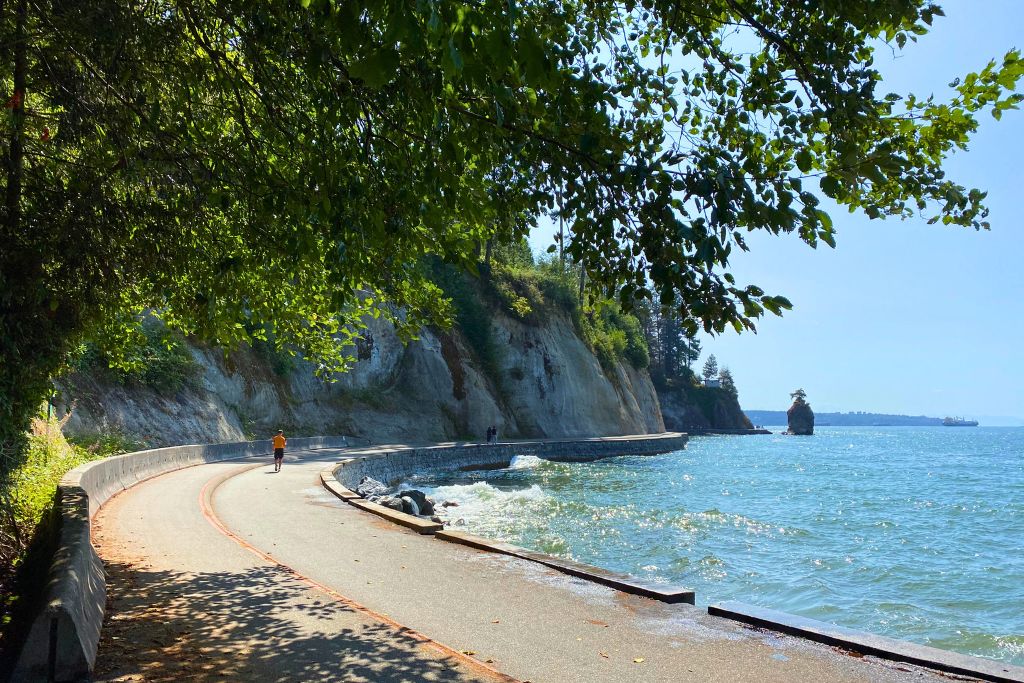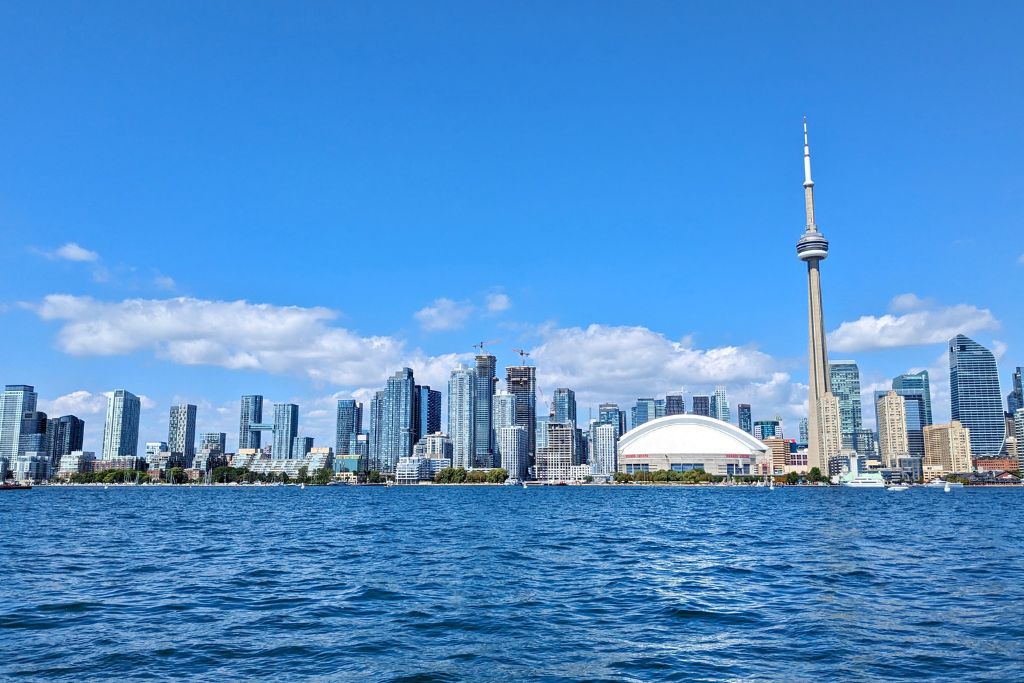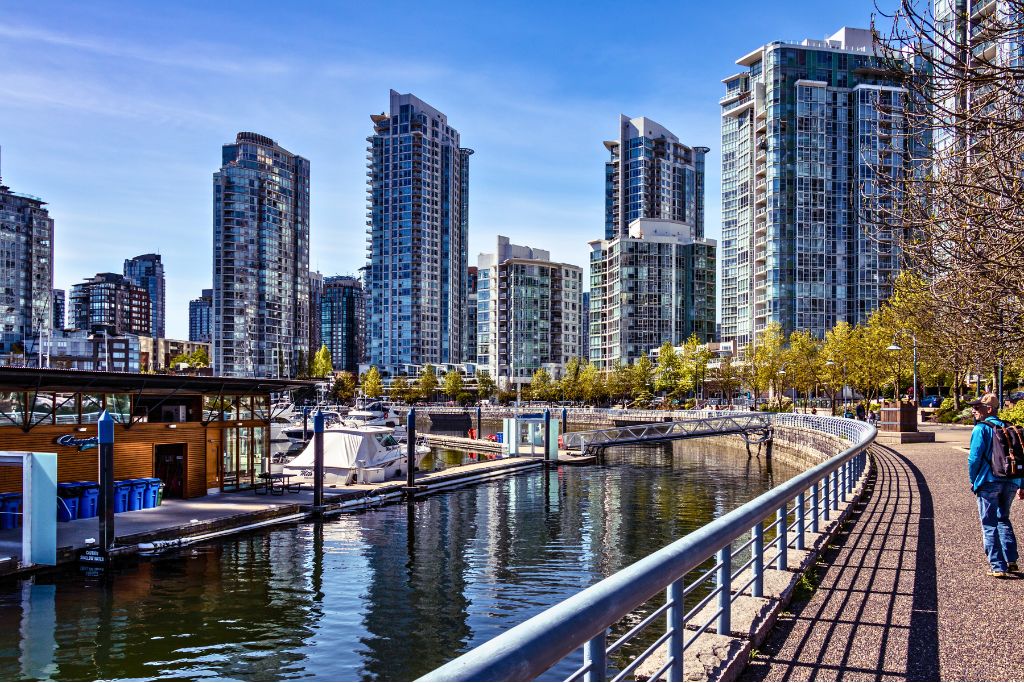Top 10 Warmest Cities in Canada: The Complete Guide
When most people think of Canada, they picture snow, ice, and long, cold winters — and honestly, they’re not wrong. But believe it or not, there are parts of Canada where the weather is… dare I say… mild? Some cities even have average temperatures that could rival places much farther south. And that’s saying something coming from me — I moved here from hot, sunny Australia!
So if you’re tired of freezing your toes off every winter or just wondering where you can enjoy more bearable weather, here’s a look at the warmest cities in Canada, ranked by average annual temperature.
Quick Guide to the Warmest Cities in Canada
| Rank | City | Avg Annual Temp | Avg High January | Avg High July |
|---|---|---|---|---|
| 1 | Victoria, BC | 10.5°C (50.9°F) | 7.6°C (45.7°F) | 22.4°C (72.3°F) |
| 2 | Chilliwack, BC | 10.5°C (50.9°F) | 6.1°C (43°F) | 25.0°C (77°F) |
| 3 | Nanaimo, BC | 10.3°C (50.5°F) | 6.9°C (44.4°F) | 23.9°C (75°F) |
| 4 | Vancouver, BC | 10.2°C (50.4°F) | 6.9°C (44.4°F) | 22.2°C (72°F) |
| 5 | Abbotsford, BC | 10.0°C (50°F) | 6.1°C (43°F) | 25.0°C (77°F) |
| 6 | Windsor, ON | 9.9°C (49.8°F) | -0.3°C (31.5°F) | 28.1°C (82.6°F) |
| 7 | St. Catharines, ON | 9.4°C (48.9°F) | 0.6°C (33.1°F) | 26.8°C (80.2°F) |
| 8 | Toronto, ON | 9.1°C (48.4°F) | -0.7°C (30.7°F) | 26.4°C (79.5°F) |
| 9 | Halifax, NS | 8.9°C (48°F) | 0.6°C (33.1°F) | 23.0°C (73.4°F) |
| 10 | Kelowna, BC | 8.6°C (47.5°F) | 0.6°C (33.1°F) | 28.9°C (84°F) |
Average temperatures are based on long-term climate data from Environment and Climate Change Canada.
10 Warmest Cities in Canada
1. Victoria, British Columbia
Victoria is officially the warmest city in Canada, with an average annual temperature of 10.5°C (50.9°F). Thanks to its coastal location on Vancouver Island, it benefits from the Pacific Ocean’s tempering effect, which keeps winters mild (January highs around 7.6°C / 45.7°F) and summers comfortably warm (July highs around 22.4°C / 72.3°F). It’s the kind of place where you might spot someone golfing in February!
2. Chilliwack, British Columbia
Nestled in the Fraser Valley just east of Vancouver, Chilliwack comes in a close second, also with an average annual temperature of 10.5°C (50.9°F). So why the runner-up spot? Mainly because its winters are a touch cooler, with January highs around 6.1°C (43°F). That said, summers are warmer, averaging 25.0°C (77°F) in July. Bonus: it’s surrounded by mountains and farmland, so it’s not just warm — it’s also gorgeous.
3. Nanaimo, British Columbia
Another Vancouver Island gem, Nanaimo flies a bit under the radar but boasts some of the mildest weather in the country. The average annual temperature is 10.3°C (50.5°F), winters are mild — January highs hit about 6.9°C (44.4°F) — and summers are pleasantly warm at 23.9°C (75°F) in July. Plus, the city is right on the ocean, which is a nice perk year-round.

4. Vancouver, British Columbia
No surprise here. Vancouver’s climate is well-known for being wet but relatively mild, with an average annual temperature of 10.2°C (50.4°F). Winter highs are around 6.9°C (44.4°F) in January, and July highs hover around 22.2°C (72°F) — perfect for patio season without the need for air conditioning!
5. Abbotsford, British Columbia
Right next to Chilliwack, Abbotsford enjoys an average annual temperature of 10.0°C (50°F). January highs sit around 6.1°C (43°F), and summer days in July average 25.0°C (77°F). It also gets more sunshine than many other coastal BC cities — a bonus if you’re after both warmth and clear skies.
6. Windsor, Ontario
Windsor is Canada’s southernmost city, and it shows, with an average annual temperature of 9.9°C (49.8°F). January highs are around -0.3°C (31.5°F) — still chilly, but milder than much of Ontario. July is hot and humid, with average highs of 28.1°C (82.6°F). If you want real heat in Canada in summer, Windsor’s the spot.
7. St. Catharines, Ontario
Located in Ontario’s Niagara Region, St. Catharines benefits from the moderating effect of Lake Ontario, with an average annual temperature of 9.4°C (48.9°F). January highs average 0.6°C (33.1°F), and July brings warm weather around 26.8°C (80.2°F) without the extreme humidity you’ll find in other southern Ontario cities, like Windsor.
8. Toronto, Ontario
Canada’s largest city, Toronto, makes the list too with an average annual temperature of 9.1°C (48.4°F). Winter highs in January are about -0.7°C (30.7°F), but summers are hot, with July averaging 26.4°C (79.5°F). Lake Ontario helps moderate things a bit, but it’s still got all the classic four-season vibes.

9. Halifax, Nova Scotia
On the east coast, Halifax has a surprisingly mild climate with an average annual temperature of 8.9°C (48°F) thanks to the Atlantic Ocean. January highs sit around 0.6°C (33.1°F), and July brings pleasant summer days at 23.0°C (73.4°F). If you’re looking for ocean views and a break from deep freezes, Halifax might be your place.
10. Kelowna, British Columbia
Rounding out the list is Kelowna, in BC’s sunny Okanagan Valley, with an average annual temperature of 8.6°C (47.5°F). Winters are milder than much of Canada — January highs around 0.6°C (33.1°F) — and summers are hot, with July highs averaging 28.9°C (84°F). You also get a lot of sunshine here, which is a definite plus in those darker months!
My Experience in Canada’s Climate
As someone who moved to Canada from hot, sunny Australia back in 2018, I’ve definitely experienced the climate contrast firsthand. Coming from a country known for heatwaves and endless summers, I’ve been on a bit of a mission to find the warmest cities in Canada — partly to escape the deep freeze, and partly just out of curiosity.
In my time travelling and living here, I’ve encountered just about every kind of weather imaginable — from -20°C snowstorms to heatwaves and humidity that could rival back home. Living in Toronto, I regularly see summer days above 30°C, and during my travels and hikes through BC and Alberta, I’ve experienced similar temperatures — even in the fall!
While Canadian winters are no joke, one thing I’ve really come to appreciate is the four distinct seasons. There’s something special about each one, and by the time the seasons start to change, I’m always looking forward to what’s next. And yes — the winters can be long and cold, but that’s the perfect excuse to plan a getaway down south to places like Mexico, Brazil, or Costa Rica!

FAQs
Which Canadian Province is the Warmest?
British Columbia is the warmest province in Canada, thanks to its coastal location and the Pacific Ocean’s moderating effect. That said, despite being the warmest, it’s also home to some of the country’s best skiing — so you really get the best of both worlds!
Where Is the Warmest Place in Canada Year Round?
Victoria, BC is the warmest place in Canada year-round, with mild winters, pleasant summers, and an average annual temperature of 10.5°C (50.9°F). Its coastal location keeps temperatures steady without extreme highs or lows.
What Is the Warmest Canadian City in Summer?
Windsor, Ontario is the warmest Canadian city in summer, with July highs averaging 28.1°C (82.6°F) and frequent heatwaves. It’s also one of the most humid cities in the country during the summer months.
What Is the Warmest Canadian City in Winter?
Victoria, BC is the warmest Canadian city in winter, with January highs averaging 7.6°C (45.7°F). Snow is rare, and temperatures rarely drop below freezing, making it Canada’s mildest city during the colder months.
Which City Has the Best Weather in Canada?
Victoria, BC is often considered to have the best weather in Canada, thanks to its mild winters, comfortable summers, and low snowfall.
What Is the Coldest Canadian City?
The coldest Canadian city is Yellowknife, Northwest Territories, with average January highs around -22°C (-7.6°F) and lows that can dip below -30°C (-22°F). It also sees long, harsh winters and some of the coldest wind chills in the country.
Where Is the Cheapest and Warmest Place to Live in Canada?
One of the cheapest and warmest places to live in Canada is Abbotsford, British Columbia. It has mild weather year-round (average annual temperature of 10.0°C / 50°F) and more affordable housing compared to other warm BC cities like Vancouver or Victoria.
Where Is the Warmest and Sunniest Place to Live in Canada?
Kelowna, British Columbia is generally considered the warmest and sunniest place to live in Canada, with hot summers, mild winters, and over 2,000 hours of sunshine per year. It’s located in the Okanagan Valley, known for its dry, sunny climate and scenic landscapes.

Final Thoughts
So, there you have it — the warmest cities in Canada. Whether you’re looking to escape the cold or just want to know where the hottest pockets of the country are, places like Victoria, Vancouver, and Windsor prove that not all of Canada is frozen solid!
Thinking of visiting or moving to one of these cities? Check out more of my Canadian travel and immigration content for tips, guides, and insights from someone who’s experienced it firsthand.
READ MORE
35 Fun Facts About Canada That May Surprise You
Quebec City or Montreal: Which is Better?
Season-by-Season Guide to Visiting Niagara Falls
What You Need to Know Before Immigrating to Canada
